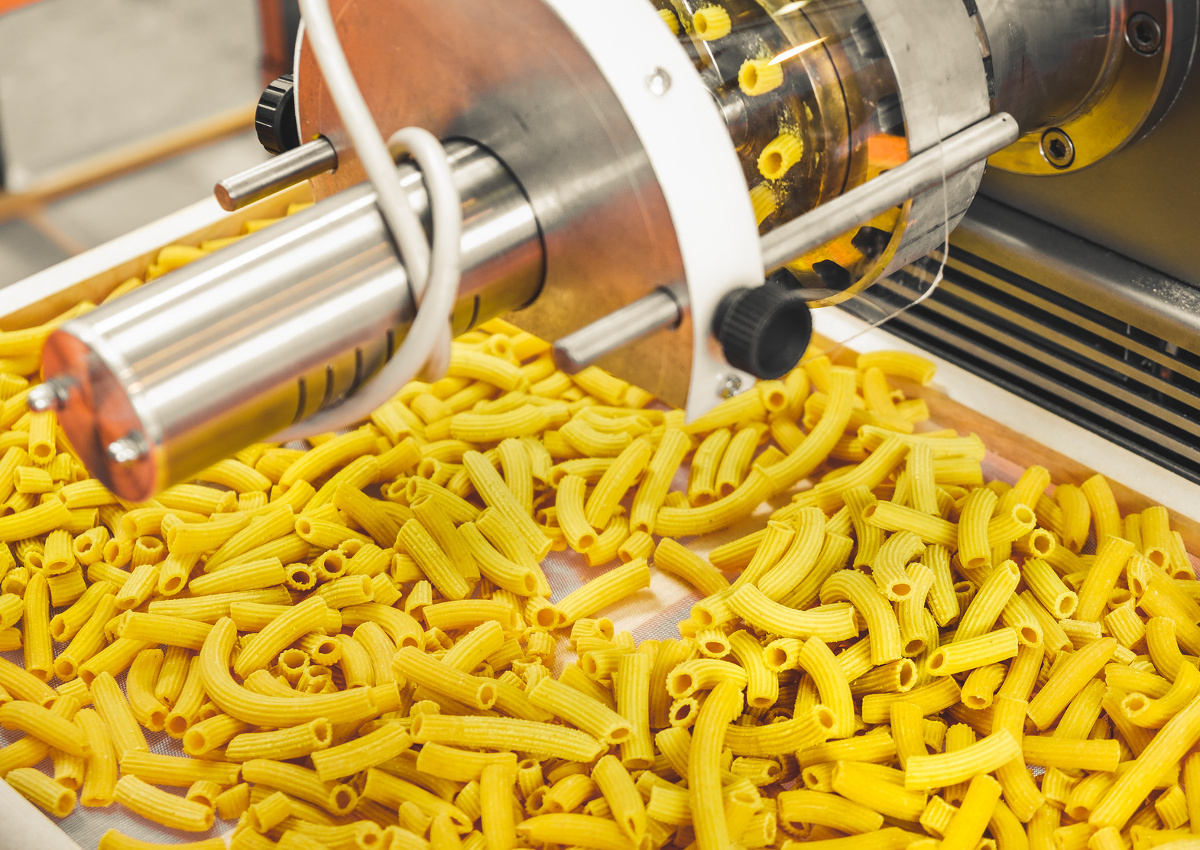
The global supremacy of Italian pasta is in danger of disappearing, undermined by the aggressiveness of foreign competitors. Despite the fact that Italy maintains its record of production with 3.36 million tons produced, and is also firmly in first place in the exports ranking with 1.9 million tons, the great leap forward made in recent years by other non-EU countries stands out as they are greatly increasing their production capacity. The case of Turkey is emblematic: the production of pasta has grown by 77% in just 5 years, going from 850,000 tons to over 1.5 million. These are some of the data released some days ago in Foggia as part of the Durum Days, an international event of debate on the durum wheat market organized by Cia, Confagricoltura, Alleanza Cooperative Agroalimentari, Copagri, Aidepi, Italmopa, Compag, Crea, and Areté. Last year closed with a substantial stability, but the final trends – production (-0.4%), exports turnover (-0.5%), and national consumption (-0.4%) – nevertheless give rise to some concerns about the prospects for the sector.
Italy’s primacy
Despite the negative economic situation, Italy remains strong in its records, history, and cultural tradition and still represents 67% of European pasta production and about a quarter of the global production. One dish of pasta out of 4 eaten in the world, and about 3 out of 4 of those tasted in Europe, are prepared with Italian pasta. In addition, in 2017 more than 57% of Italian pasta – equal to about 1.9 million tons – was exported all over the world.
